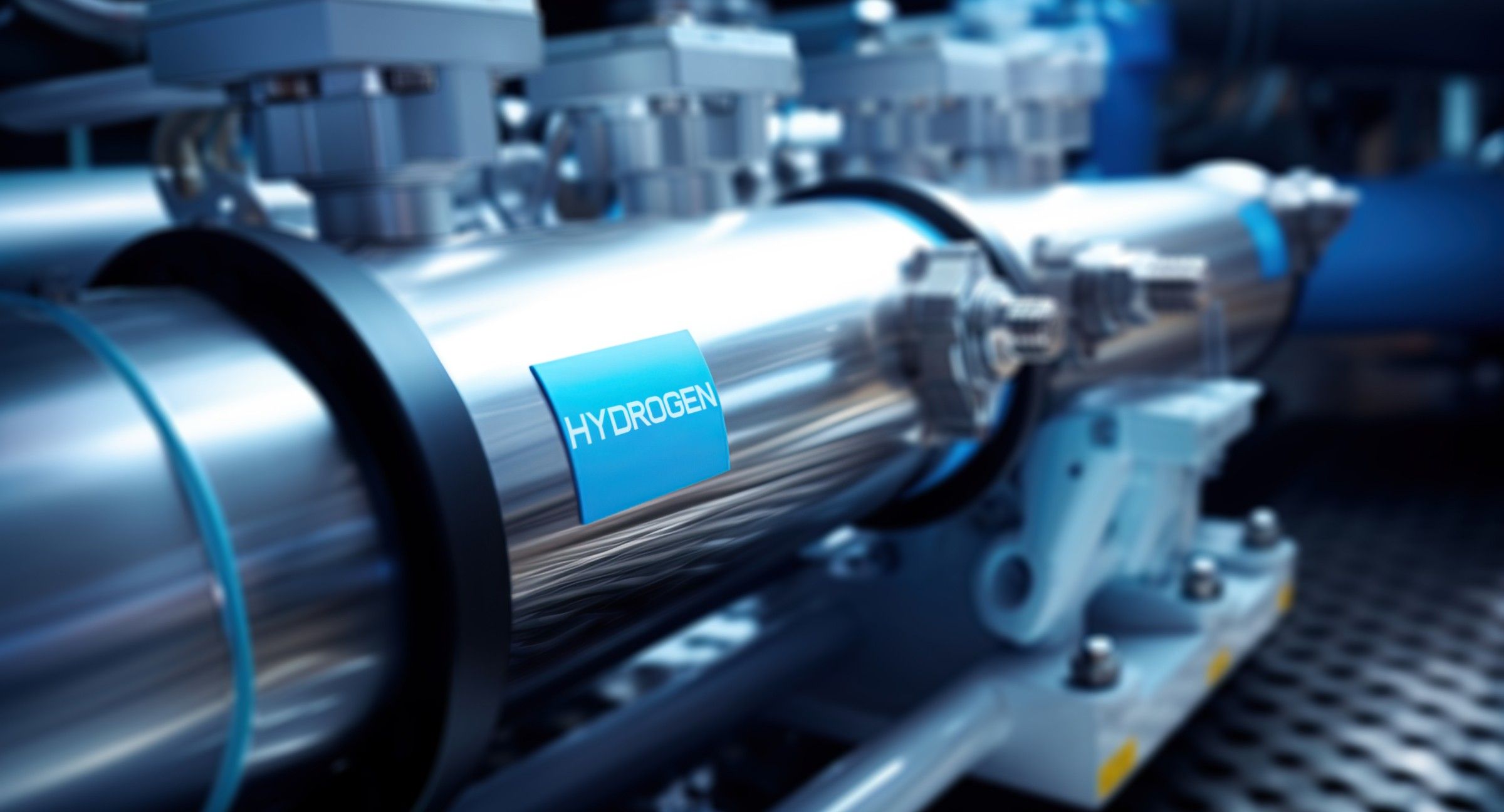How AI-Powered ITS Can Improve Emergency Response Times

Xenatech
May 3, 2025

In a life-threatening emergency, every second counts. Whether EMS, fire, police, or transit-based, you rely on coordination, speed, and real-time decision-making to do your job effectively. AI-powered Intelligent Transportation Systems (ITS) can help. Here’s how these dynamic, data-driven platforms are reducing emergency response times and improving outcomes.
The Role of AI in Intelligent Transportation Systems
Artificial intelligence is the brain behind modern ITS. It helps make traffic systems more responsive and adaptive by bringing together current data, machine learning, and predictive analytics. Unlike traditional systems, an AI-enabled ITS helps:
- Communicate with connected vehicles and infrastructures
- Analyze traffic flow in real-time
- Predict congestion
- Suggest an alternative route
- Automate traffic signal prioritization for emergency vehicles
For emergency services, this could mean fewer delays in reaching destinations when time is of the essence.
Optimizing Emergency Vehicle Routing With AI
AI takes route optimization to a whole new level. It goes beyond simply finding the shortest path from point A to point B—AI algorithms quickly analyze a variety of factors, including:
- Road closures
- Current traffic conditions and historical patterns
- Construction roadblocks
- The time of the day
- Weather data
Such optimization not only helps emergency vehicles get on-scene faster and more efficiently, but also minimizes disruption to surrounding traffic and pedestrians. The customizable solution we can create for you here at XenaTech will seamlessly integrate with emergency dispatch systems to provide real-time routing recommendations.
Enhancing Coordination Between Emergency Services
Medical, transit services, police, fire, and any other emergency response service often work hand-in-hand during incidents. An ITS powered by artificial intelligence creates a shared environment where all emergency services can operate in sync.
Through such a connected platform and vehicle-to-vehicle communication, you’ll get unified data sharing across different departments, automated updates to traffic control systems, and live location tracking of emergency vehicles.
Imagine this: an AI system registers a multi-vehicle crash in a major area. It instantly reroutes EMS vehicles, triggering a green-light path for faster access while alerting nearby traffic control centers. Simultaneously, transit operators are notified and bus routes are adjusted to minimize disruption to passengers. With help from XenaTech, you don’t have to imagine any longer. Connect with us to build a custom solution.
The Future of AI-Powered ITS
The possibilities with AI-powered Intelligent Transportation Systems are endless, and here at XenaTech, we’re already building toward them. As smart cities continue to evolve, we may soon see autonomous support vehicles with the ability to assess scenes or deliver supplies ahead of responders.
Predictive emergency modeling could also be on the horizon, with AI anticipating areas with a high risk of emergencies and proactively deploying preventive measures. Our XenaTech team doesn’t follow trends—we build what our clients can only imagine, staying at the forefront of cutting-edge technology and systems that improve the transportation experience for all.
Move Faster, Safer, and Smarter
With the right systems in place, emergency response times could be improved and countless lives saved. Ready to rethink how your system responds to accidents and disastrous situations? Connect with us today.
Don’t Miss Out
Be the first to know about new developments in fleet management, public transportation solutions, and smart city applications.




